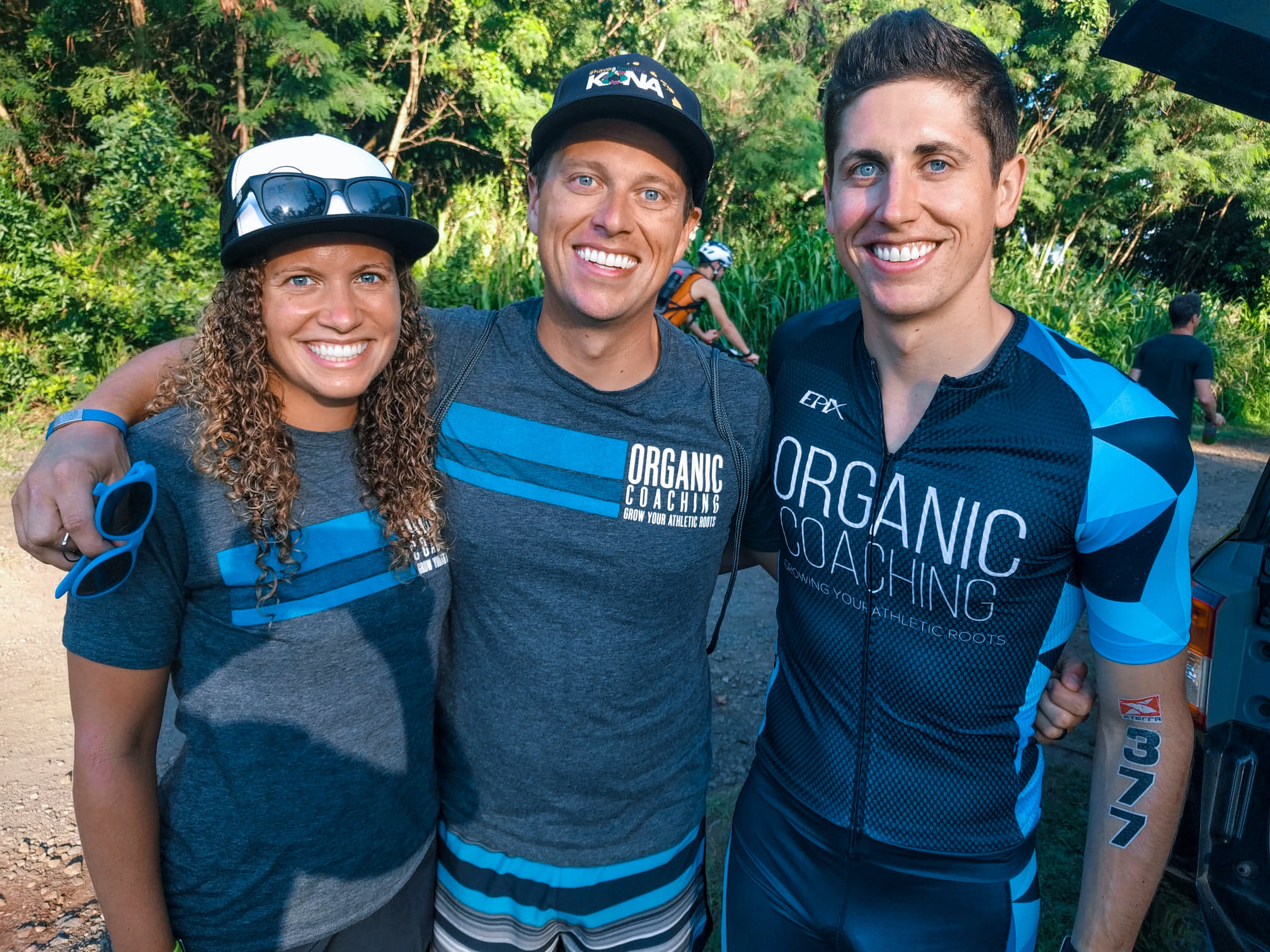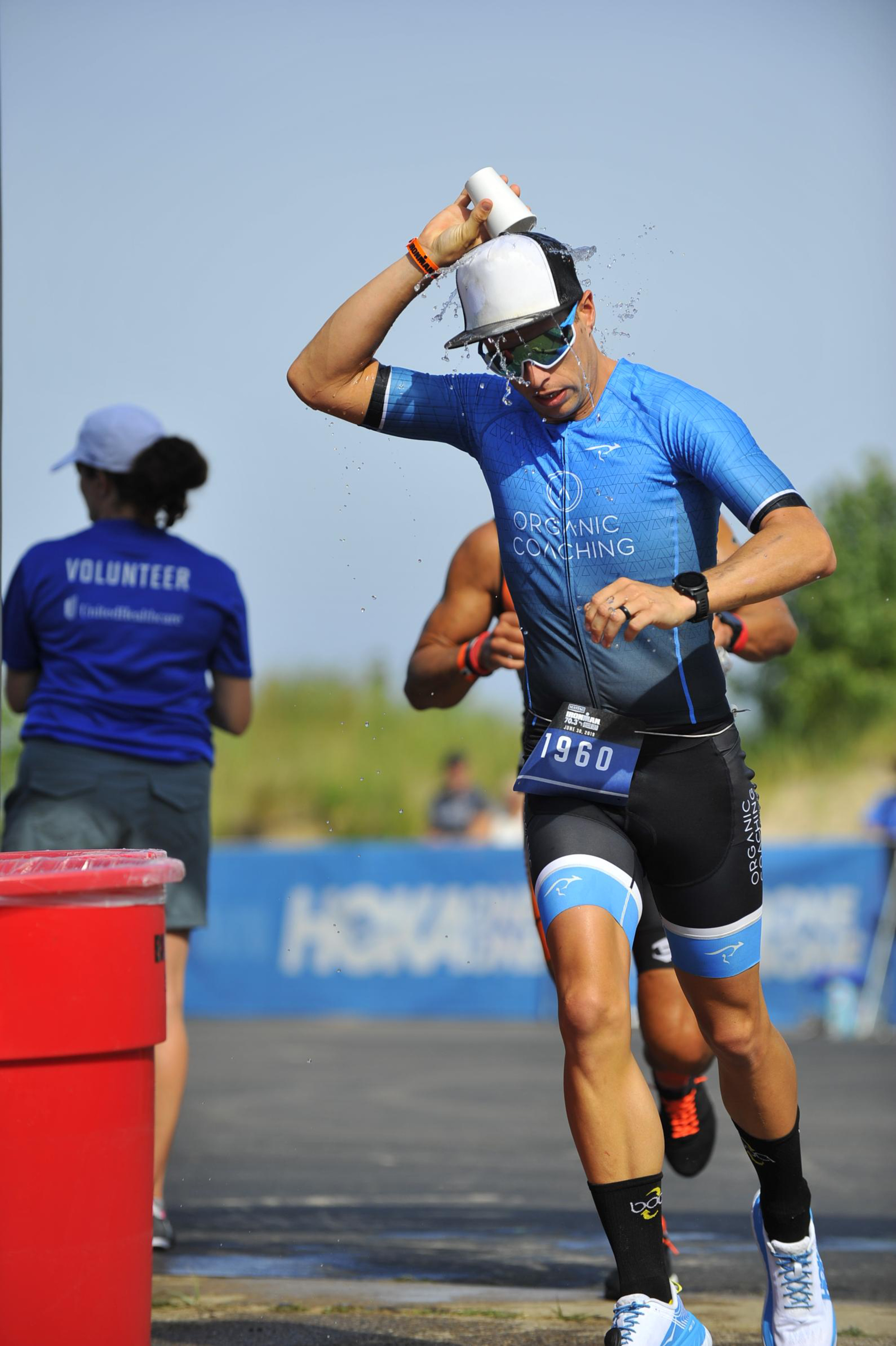
Summer doesn’t stop triathletes, and neither should the heat. Whether you’re preparing for a scorching Ironman race or maintaining base fitness, triathlon training in hot weather requires smart strategies. Heat can derail performance, but with science-backed methods and smart planning, you can thrive even in high temperatures.
This comprehensive guide will help you understand how heat impacts endurance athletes and how to train in the heat safely and effectively.
When you train in hot and humid conditions, your body fights to maintain a safe internal temperature while also fueling your swim, bike, and run. This double strain can lead to faster fatigue, dehydration, and even heat-related illnesses.
Even a small drop in hydration can impair performance—just a 2% loss in body weight from sweat can reduce endurance, coordination, and mental focus.
Understanding the symptoms of heat-related illness is crucial when training for a triathlon in hot weather. Watch for:
Always listen to your body. Pushing through symptoms can be dangerous
For effective and safe hot weather triathlon training, timing is key.
If you must train mid-day, shorten sessions or modify intensity, and always hydrate aggressively.
Pacing should shift with temperature. In high heat and humidity, run paces and bike power numbers will naturally drop, and that’s okay.
Training smart now means faster racing later.
Hydration is the most important part of training in the heat. It’s not just about water—electrolytes like sodium, potassium, and magnesium are key.
Pro Tip: Weigh yourself before and after long workouts to calculate sweat loss.
Heat acclimatization helps you train more efficiently and safely in warm conditions—and prepares you for hot race days.
Consistency is key. Your body becomes better at sweating, regulating temperature, and maintaining performance over time.
Your gear can make or break your summer sessions.
Pro Tip: Wet your visor or jersey with cold water mid-session for instant cooling.

Using pre-cooling and mid-session cooling strategies can extend your performance in hot environments.
After workouts, recover in the shade and use cool towels or showers to help bring your body temp back down.
Appetite often decreases in the heat, but fueling for triathlon remains essential.
Pro Tip: Keep snacks and bottles in a small cooler during long sessions to avoid spoilage.
Avoid wide-open, sun-drenched routes during peak heat.
Don’t force a hard session on a 95°F day. Adapt your training to preserve consistency and avoid injury.
Remember, consistency > perfection.
If you’re racing a summer triathlon or Ironman, here’s how to stay strong in high temps:
Training for triathlon in the summer heat doesn’t have to be miserable. When you understand the science, hydrate properly, adjust intensity, and take care of your body, you’ll build serious resilience and strength.
In fact, heat training has been shown to mimic some of the physiological benefits of altitude training, making you faster and more durable once conditions cool down.
READ MORE: HYDRATION NEEDS FOR TRIATHLETES

Carly and Tyler Guggemos built Organic Coaching in 2014 with a simple philosophy that works. The idea is to take what you have and grow it to get faster, fitter and stronger. And to do it with the time you have – not the time you wish you had.

For athletes who are ready to take their training to the next level while still thriving and succeeding in their professional and family life.
Copyright © 2024 Organic Coaching LLC